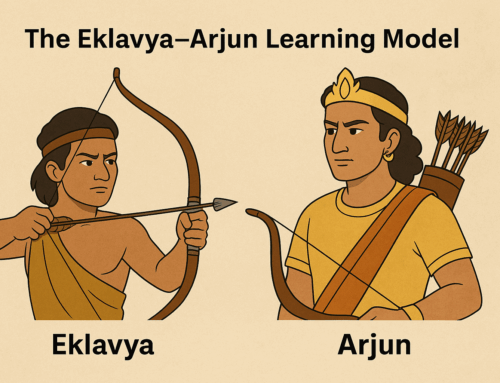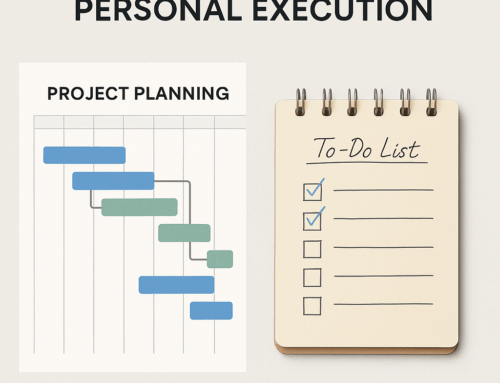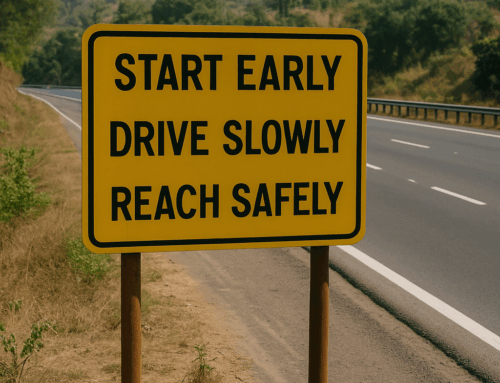How many half-finished online courses are sitting in your account right now?
Steven Covey calls it Sharpen the Saw—the 7th habit of highly effective people. In other words: your biggest asset is You, and learning is how you keep that edge sharp.
The rise of MOOCs has revolutionized learning. With just a few clicks, you can access courses from the world’s top universities. Coursera alone offers thousands of them—many at no cost. Spoiled for choice? Absolutely. But there’s a hidden problem…
👉 As easy as it is to register, it’s hard to complete. Life gets in the way, time is scarce, and soon enough you’re staring at a graveyard of unfinished courses.
It doesn’t have to be this way. With a little structure, you can complete them and reap the benefits. Here’s a 7-step plan to actually finish your online courses:
1. Make the content omnipresent
The first step is to ensure the course material is always at your fingertips. Add a bookmark to the course webpage in your browser—preferably in the bookmarks bar. Allow your browser to “remember me” so you don’t waste time typing credentials. If your browser syncs across devices, you’re set; if not, manually add the bookmark to your phone or tablet as well. The easier the access, the lower the friction.
2. Eat the elephant
The only way to eat an elephant is one bite at a time. Don’t wait for that mythical “perfect day” when you’ll devote hours just to your course—it rarely comes. Instead, take small bites. Most courses are already broken into short, digestible modules. Be satisfied with completing a little at a time rather than attempting to swallow the whole thing.
3. Grab the little unused pockets of time
Once you decide to consume the course in smaller bits, the next question is when. If the course doesn’t require heavy note-taking or visuals, you can combine it with everyday physical activities. My favorites: evening walks, chopping vegetables, or workout sessions. Plug in your headphones, play the unit, and let the course progress inch by inch. By linking learning with an existing ritual, consistency becomes easier.
4. Track the course completion
Most courses follow a set order. Either way, create a simple tracking table where you can mark completed units. Each tick mark is a pat on the back and a motivator to continue. Store this table, along with any assignments or notes, in a dedicated folder for the course on your computer. Organization reinforces momentum.
5. Keep an eye on takeaways
After each section, pause to reflect on the key lessons. Capture these takeaways immediately in a document, organized section by section. Without this, you risk letting insights slip away. Over time, this document becomes your personalized knowledge digest—much more valuable than the raw course material.
6. Get the big picture
Once the course is complete, step back and see the whole landscape of what you’ve learned. One effective way is to create mind maps that slice, dice, and structure the knowledge. This not only cements learning but also helps you retrieve it later. A good mind map can turn scattered lessons into a cohesive understanding.
7. Let the rubber meet the road
Knowledge without application is half-finished. Find ways to apply what you’ve learned. Set specific goals and incorporate them into your work management system. Track your progress just as you tracked your course units. It may feel like a train of elephants is approaching, but you already know how to eat them—one bite at a time.
MOOCs are like an all-you-can-eat buffet: tempting to overload your plate, but challenging to finish. With this 7-step plan, you won’t just sign up—you’ll complete, apply, and grow.
After all, the saw won’t sharpen itself.






